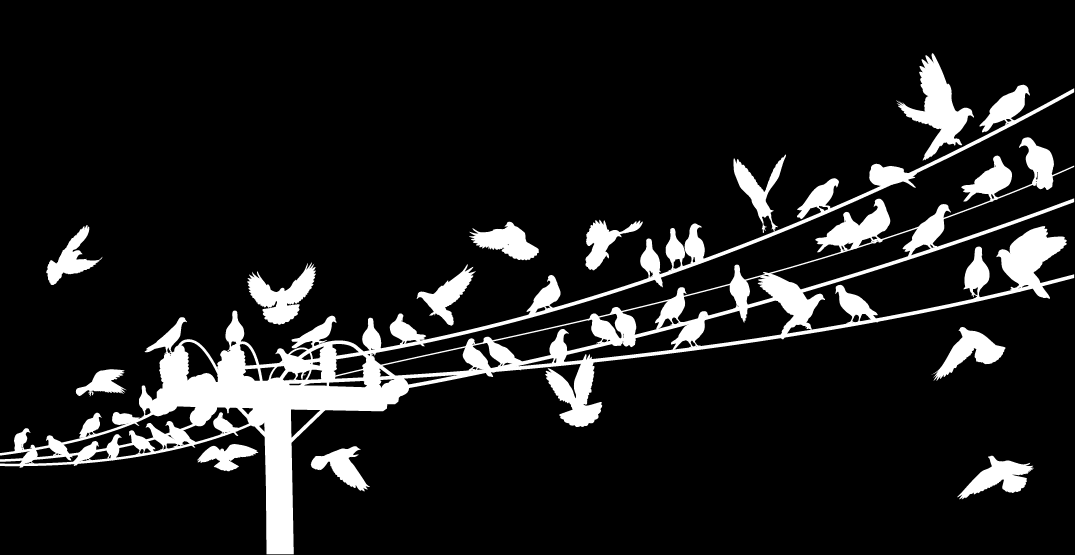By Kristin Anahit Cass
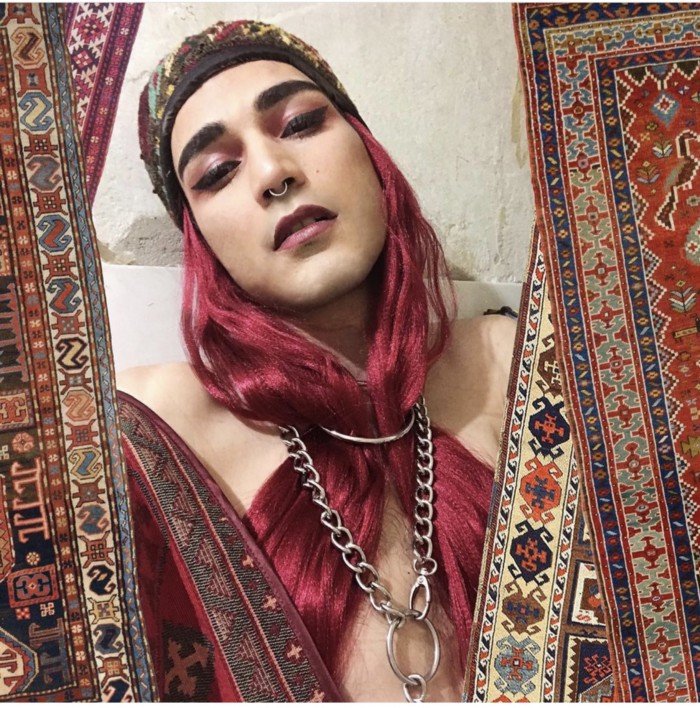
This article is done as a collaboration with Entanik, a global organization dedicated to uplifting and showcasing people in queer Armenian, SWANA, and allied communities.
Join us on a journey to explore a mythical, magical place. Performance artist Babken Sakanyan has created fascinating drag creatures and a world called Bugistan, with it’s own language of Bugilish.
Kristin Anahit Cass: Before we take off for Bugistan, can you share a bit about your background?
Babken: I was born in Yerevan, and also lived in Spain and Italy with my family. Three years ago I moved by myself to Berlin. In Berlin I found more freedom and started exploring drag. Living with my family it was hard to be free. There were (Armenian) cultural differences. In Berlin things just exploded! I started exploring my gender, doing drag and then through that I found the character that I embody in my performances. I’m always doing different things like photography, drag, graphic design.
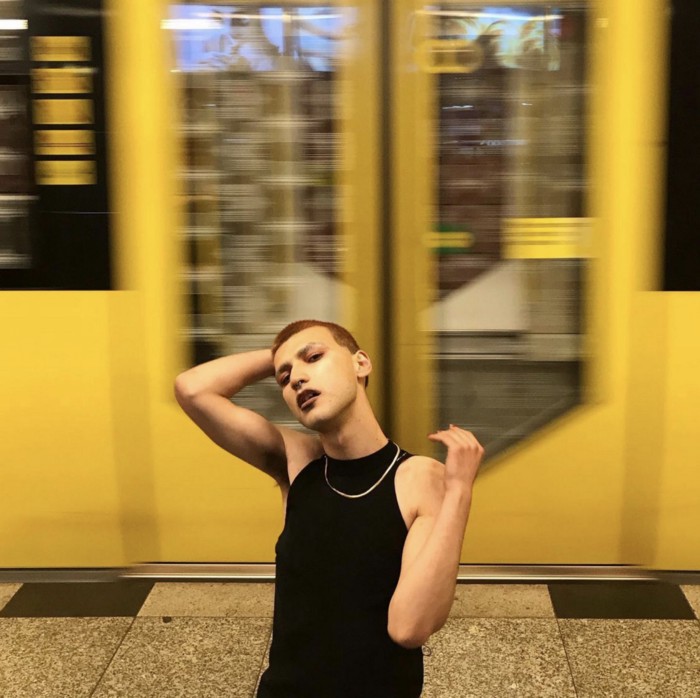
KAC: I know you’re an interdisciplinary artist. What’s your creative background?
B: I studied product design, then moved on to graphic design. I’ve studied dance and theater as well. I get inspiration from a lot of different places, I never stop. Meeting other people doing drag really helped and inspired me. When I lived with my family, I was very closed. I couldn’t show anything of myself, not even a hairstyle, or they would go crazy. So with this drag character I created a whole world with no limits. Going to parties here I was able to dance, to connect with people, to be free.
KAC: What’s important to you as an artist and creative?
B: What’s most important to me is to inspire people, people who like me have been with their families or in a place where they couldn’t express themselves. They couldn’t even imagine that it’s possible, or that it’s compatible to be Armenian, non binary, queer and do drag. That’s my goal, to help people see that it is possible that you can be yourself no matter your background, and to be a visual inspiration for them.
KAC: What’s your experience of being queer and Armenian?
B: It was a journey for me. I didn’t think that it was possible because family in Armenia is a very solid thing, you don’t really imagine that you can be so disconnected from it. But at some point, I had to take this step. And now it feels right. I’m still in contact with my family. They don’t know everything, but slowly with baby steps, they’re starting to get it. When I was living in Spain I was not so much in contact with the rest of the Armenian community. But here for I found queer Armenian friends and discoved different organizations which makes me so happy. Since I discovered that there’s other queer Armenians, that’s when I started to feel that I can do it as well.
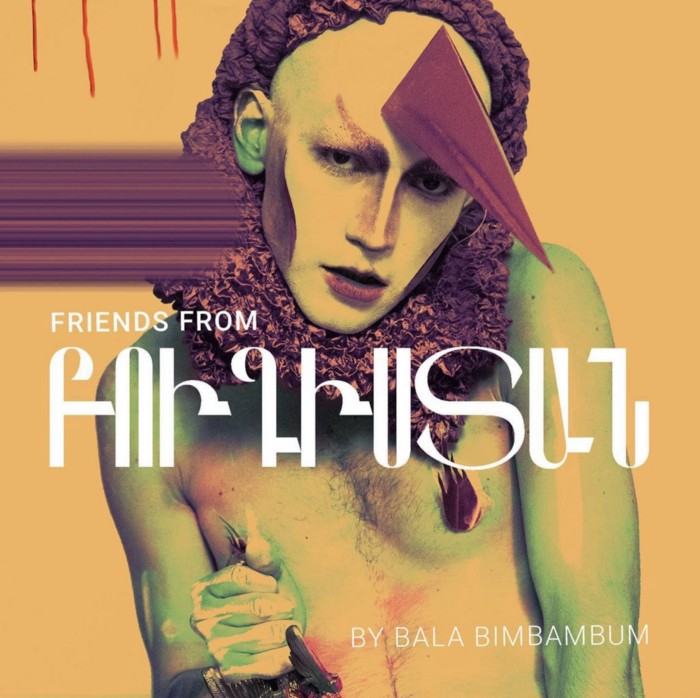
KAC: We’re really excited about your performance for our Endless Pride event. Can you talk about the ideas behind your performance and about Bugistan?
B: Bugistan is the world Bala Bimbambum comes from. It’s a very strange place where anything can happen. It’s very far, a totally different universe. It’s open, without boundaries. Bugistan has its own language, Bugilish. It’s inspired by my childhood where my sister and I created funny languages. Bala Bimbambum is a childlike character. As queer people, we always connect a lot with our childhoods. And the performance came together with a song of Bala Bimbambum that I did with a friend who’s a producer. We were trying out things with some other videos that I did talking in the language of Bala Bimbambum, Bugilish, and we came up with this song. With this performance I wanted to introduce Bugistan, and how it’s connected with Armenia. Before this performance I was working with Bala Bimbambum and Bugistan, but didn’t say publicly that I’m Armenian. I was afraid of all the responses and my family’s reaction. This year I started to be more open about myself. It was important to connect that the drag is also me, because people didn’t recognize me out of the makeup, since I was always going out with the face of Bala Bimbambum. This performance connects those parts of me together, making a bond. At the same time with the message of the Armenian song about Artsakh, saying how hurtful it was for all of us (during the war). And it was to connect these two worlds together, these worlds that are both part of me.
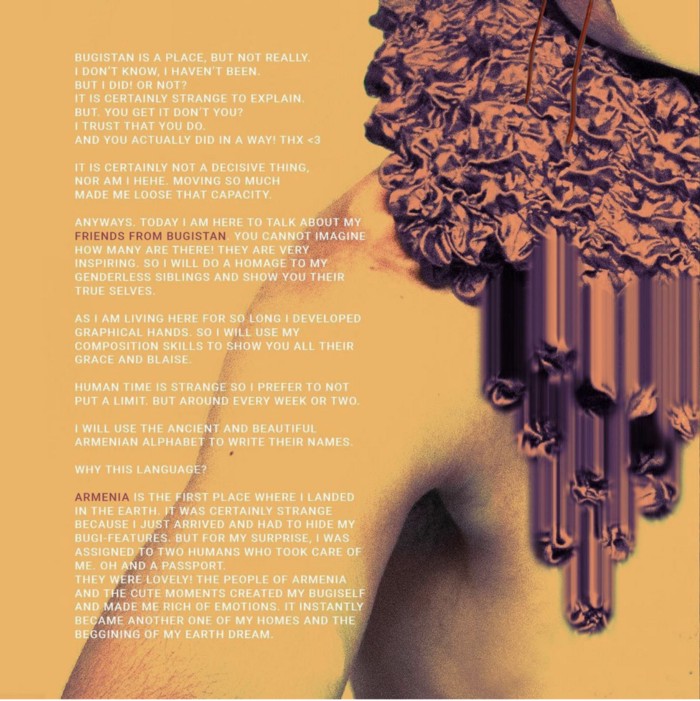
KAC: Can you talk a bit more about the connection between Bugistan and Armenia?
B: The connection is through me. I create a lot of creatures from Bugistan, and in this performance, Bobo, the blue creature, is suffering. Bala Bimbambum is trying to wake Bobo up. For me this is like the situation in Armenia. Bugistan is something abstract and not so conceptualized, it’s very open. It’s an outlet for me to be able to do whatever I want, to be free.
KAC: Who’s the character that looks like a panda?
B: That’s Blonchik. I actually created this character for this performance. Now it’s sitting in my room. I like to reuse materials when I create these creatures. I always take things that I already have and start to build something and just have fun. Since I work a lot in the daytime, I don’t have as much time to dedicate to drag. For me drag is a place to have fun and just enjoy myself and be creative. So, Blonchik, the panda creature, is its own thing. With the creatures I create, what they do is what they are.
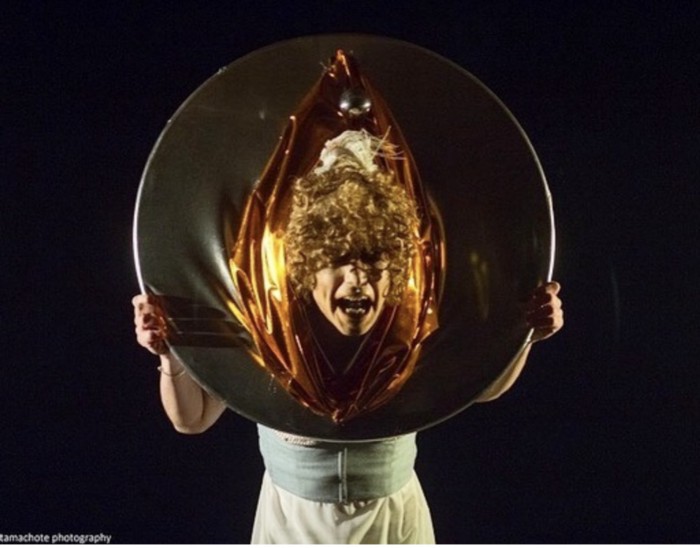
KAC: What are your favorite performances that you’ve done?
B: My first performance where I’m getting born from a huge vulva was just such a beautiful moment for me to start with. The situation (for drag) was very open and nice, and I really wanted to perform. It was pretty easy to get an opportunity because there were so many open stages. Drag is very much about community and connecting with each other. It doesn’t matter if it’s not super aesthetic and beautiful. It matters much more that it’s connecting and exciting people, and creating joy.
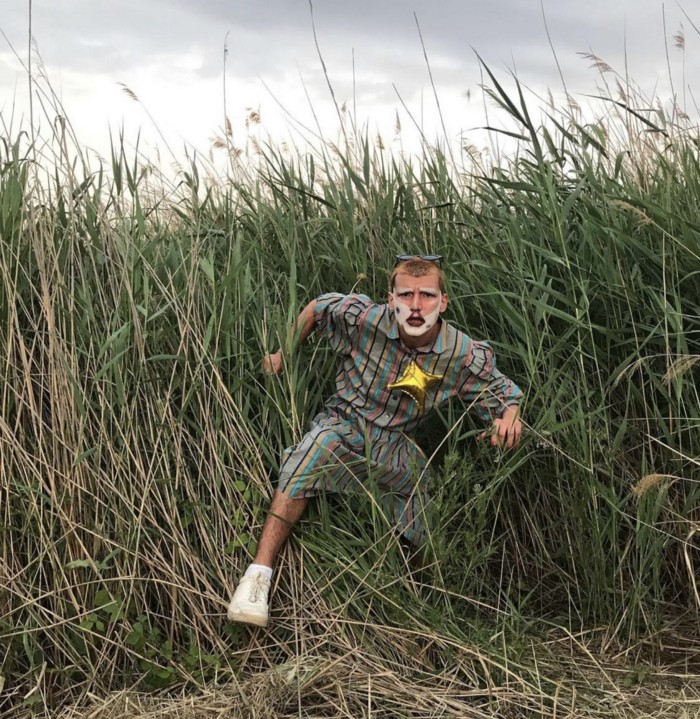
KAC: Your performances have a surreal, or fantastical, or sometimes even a nightmarish quality. You create whole worlds that I could just step into. Where does that come from?
B: Aesthetically, I really like creepy cute stuff. There’s this whole language that I created that’s clownlike and childish, but at the same time little children can act creepy as well. It just depends on the moment and I use whatever I have around and make something out of it. I really like that, it’s just so fun! I have some skills with photography and video as well and I put them together and it slowly creates itself. And then there’s this whole world.
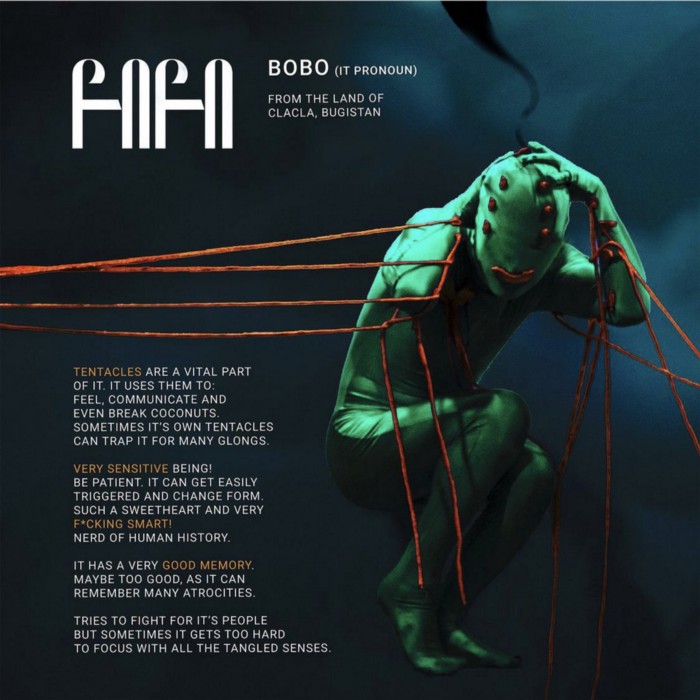
KAC: What’s ahead for you?
B: Right now I’m doing several performances here in Berlin. I’m planning to start working more in drag. Now I have my office job which is taking so much time and it’s not really fulfilling. I’m trying to work on being a full time drag performer.
In Berlin, I’m pretty privileged because there are so many different opportunities now, with a lot of shows starting again. I also have some contacts and could host my own show in a bar. I was also thinking about hosting a SWANA show. It would be mostly about either non binary drag, non binary drag and drag creatures, or SWANA queer performers.
I’d also like to help first time performers to do their first performance. I have some friends who are doing this for drag kings, a workshop first and then there’s a stage for them. And maybe doing the same thing for creatures would be very cute.
I’m also part of this collective called Venus Boys, which is a collective of drag performers who are AFAB, trans or non binary and are mostly drag kings, but there’s also creatures. We made a very big impact here in the drag scene in Berlin and now, drag kings are much more visible and getting more gigs. The performance I shared was part of a performance by Venus Boys in a famous club, Wilde Renate.
KAC: Is there any message you’d like to share with our community?
B: The most important thing is to support each other. To connect and get out of our bubbles if we’re in one. Get to know the people who are most out of this bubble and don’t have any kind of queer contact around them. Ask and respect each other’s pronouns. We can create our own universe, and we deserve to be free. Even if it’s in our own minds, we can start there and then we’ll make it happen.
